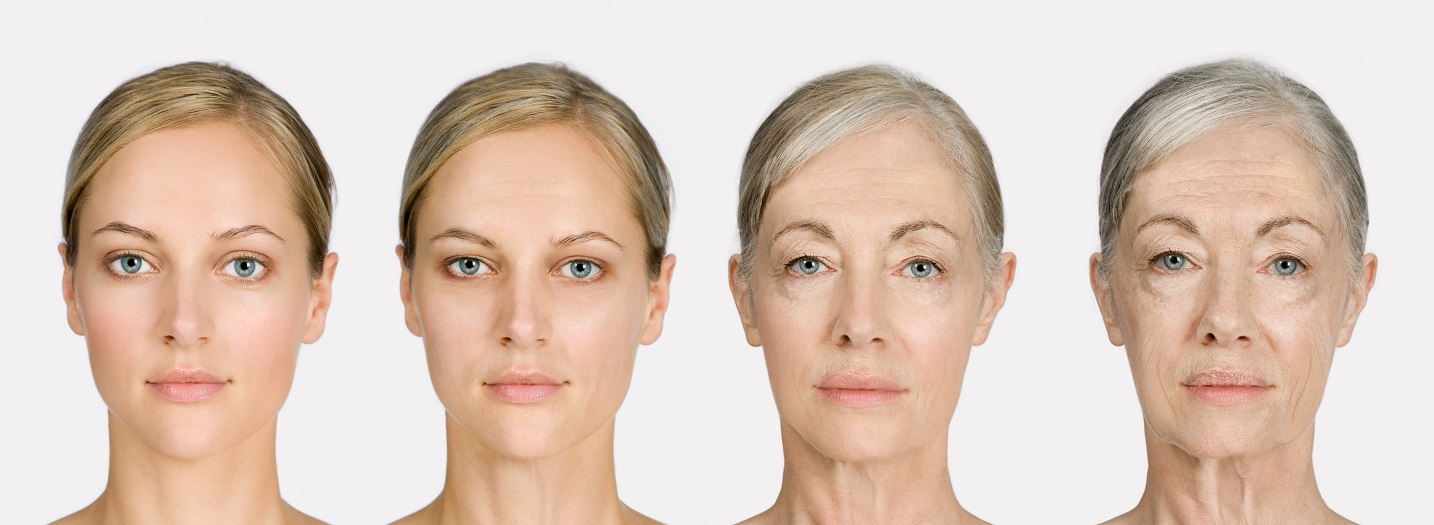Facial Ageing
Targeted Facial Toning | Cleo vs. Competitors | Don't Risk Surgery | Features & Benefits | Q Science | Q History | FAQs | Customer Reviews | Media Reviews
How & why we age
From our late teens, the nerve signals that contract our muscles and keep them ‘tight’ gradually start to weaken, causing them to relax and lose firmness; this is known as atrophy (muscle wastage).
This progressive deterioration reduces muscle density which makes our facial contours lose definition; the skin becomes duller, thinner, less hydrated and eventually starts to wrinkle and sag.
This ‘slowing’ down of deep muscle activity demands less blood flow, diminishing oxygen supply to the surface muscle, thus reducing the body’s capability to deliver sufficient nutrition to the skin.
Ageing is more noticeable on the face because it’s the only part of the body where skin is directly attached to muscle, so as natural atrophy occurs the signs of getting older become outwardly visible.
Because Cleo's brain to muscle signals replicate those from our teens, it's your best defence against the ageing process when used on a regular basis.
Ageing is more than skin deep
We are all aware that external influences can speed up facial ageing, such as; smoking, poor diet, lack of exercise, stress, sun exposure and environmental toxins.
But the REAL cause of facial ageing lies beneath the surface.
-
Surface Muscle (fast twitch)
We use this whenever we create facial movement and expression. It produces no oxygen or nutrients of its own and is fed by the underlying postural muscle.
Exercising the surface layer alone has no cumulative effect meaning no long term benefit can be achieved.
Cleo is the only facial exerciser that bypasses this layer and focuses on the deeper layers.
-
Deep Muscle (slow twitch)
This deep (postural) muscle is held in a permanently contracted state by nerve signals from the brain, and is the 'scaffolding' that supports our entire facial structure.
It does produce oxygen and other vital nutrients such as collagen and elastin which through the blood stream feed the surface muscle and epidermis, helping to keep skin soft, supple and firm.
The Science of Ageing Explained

